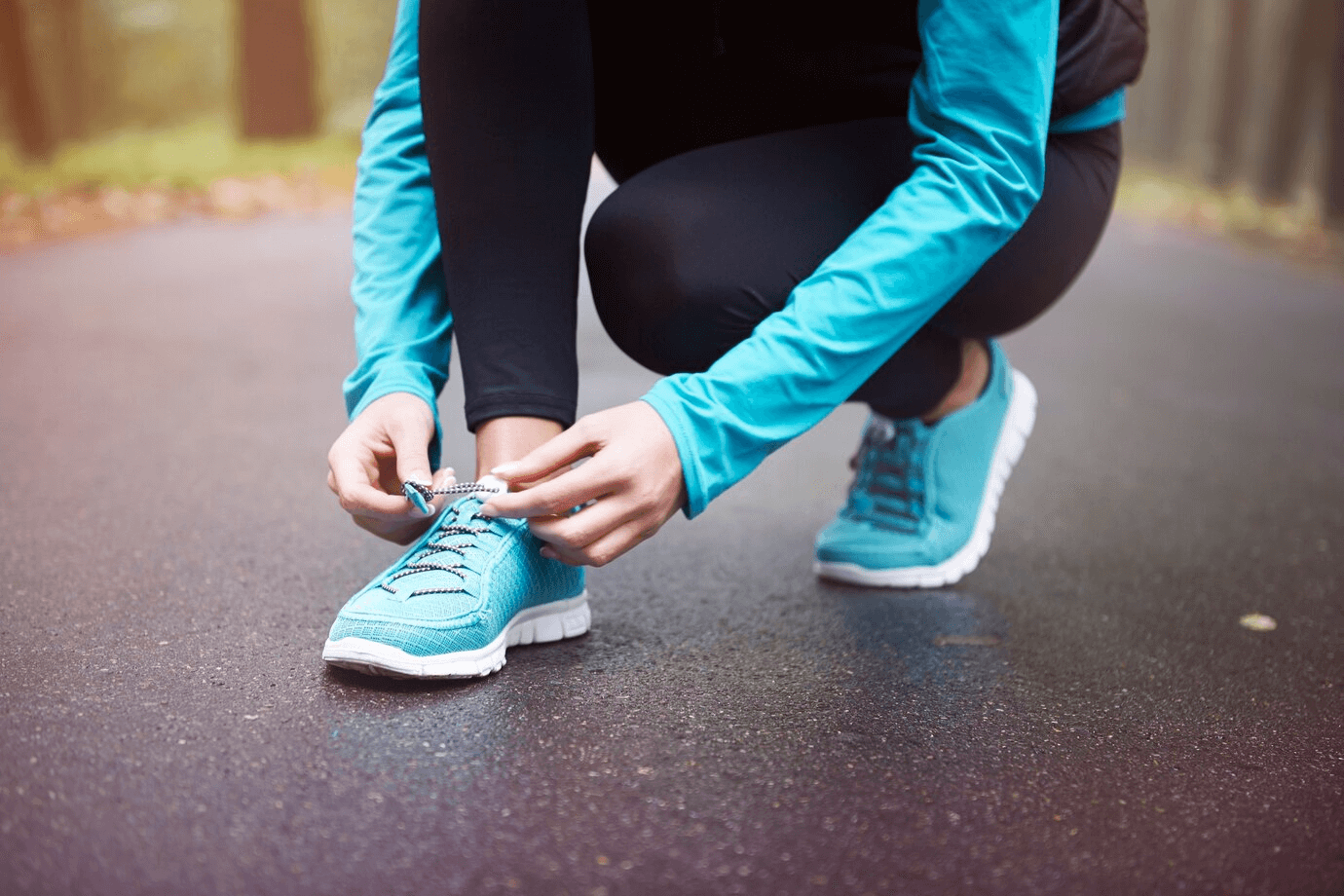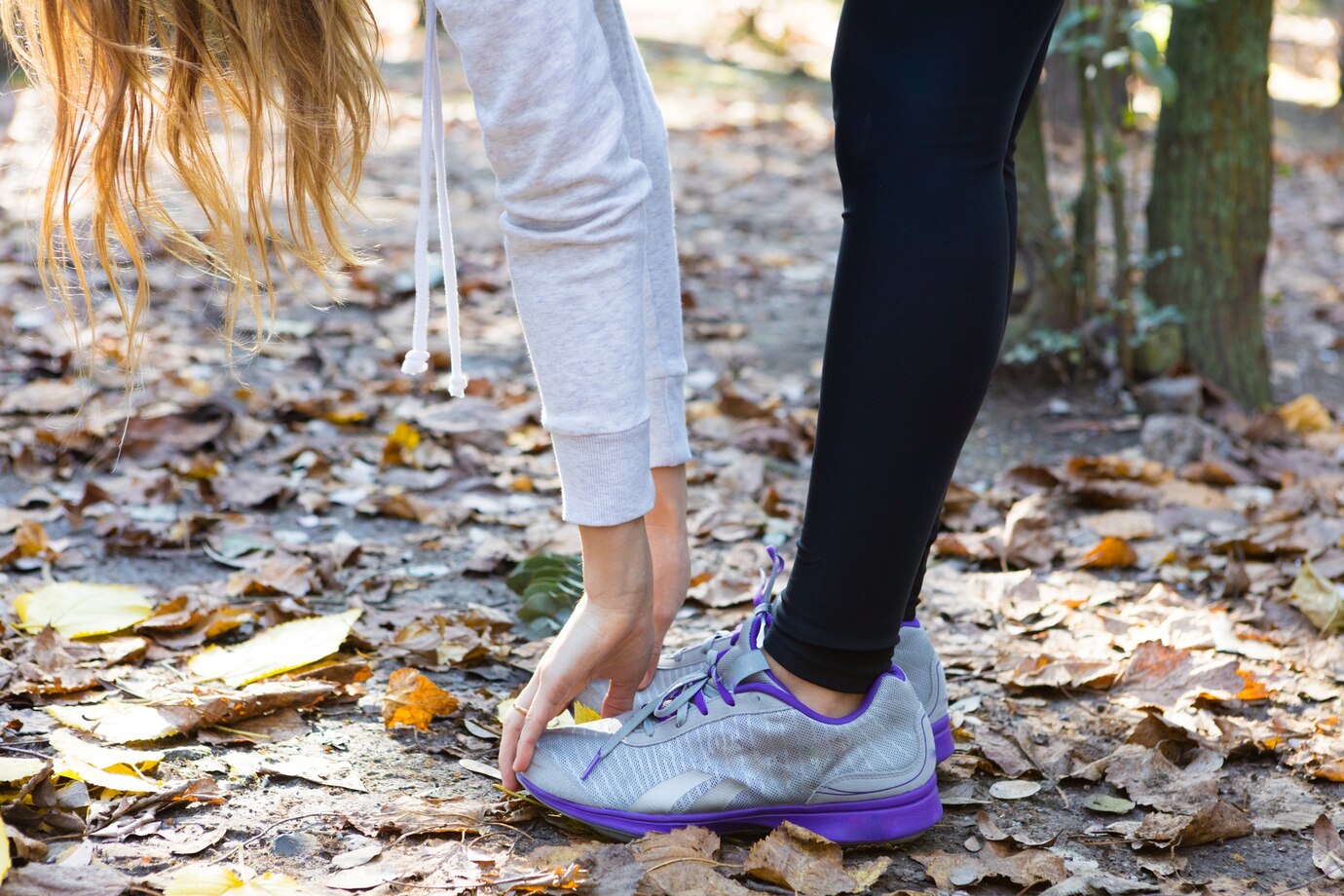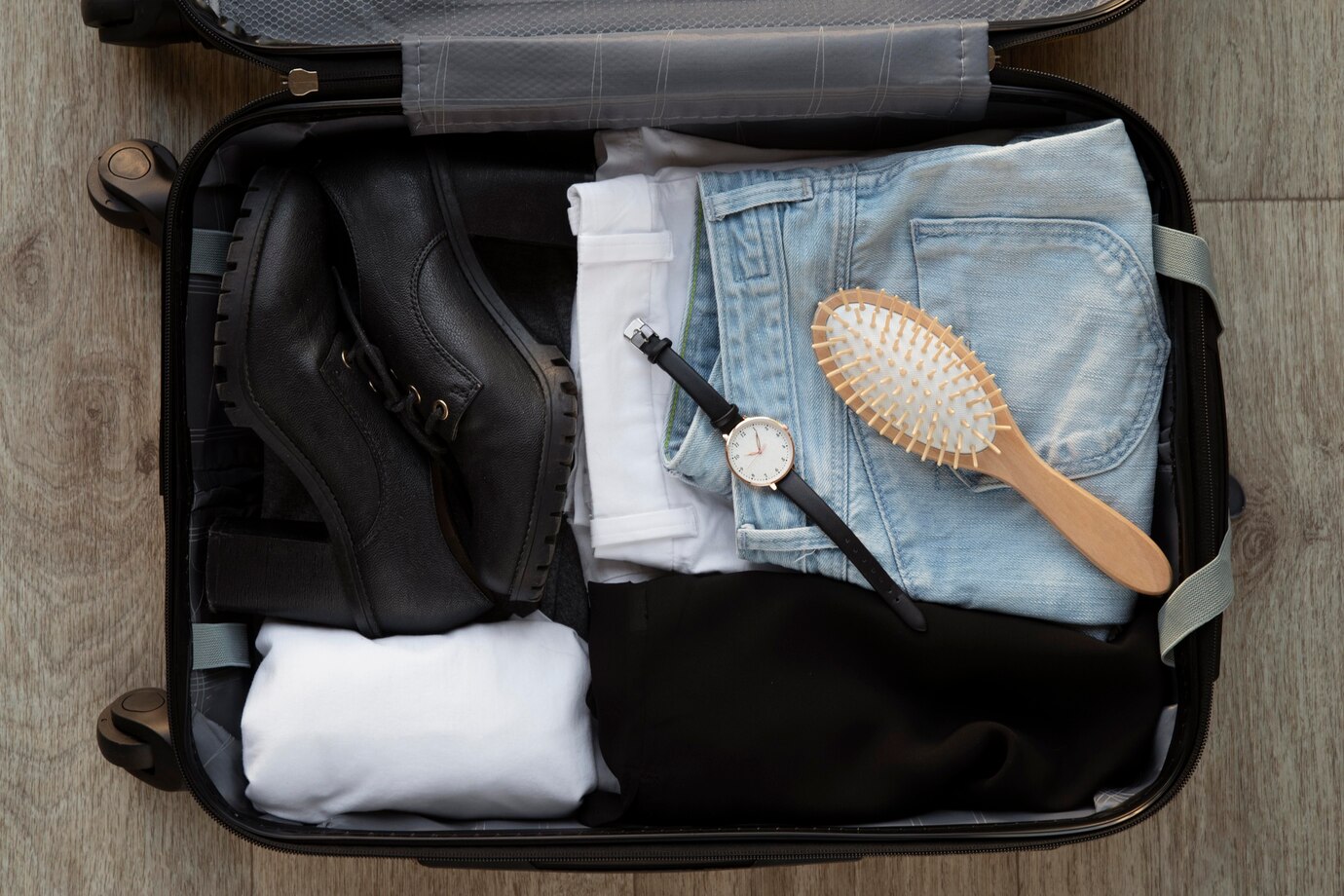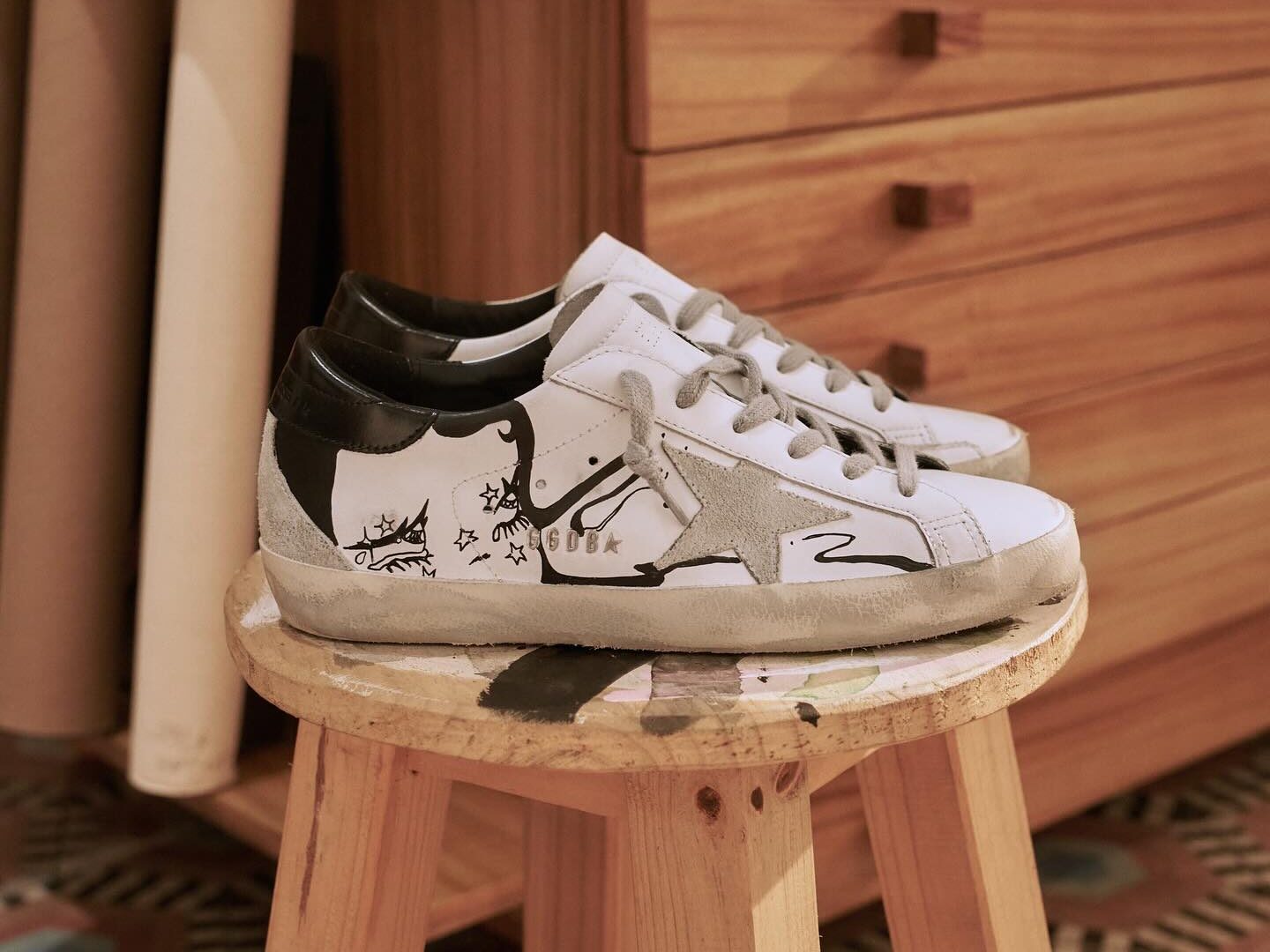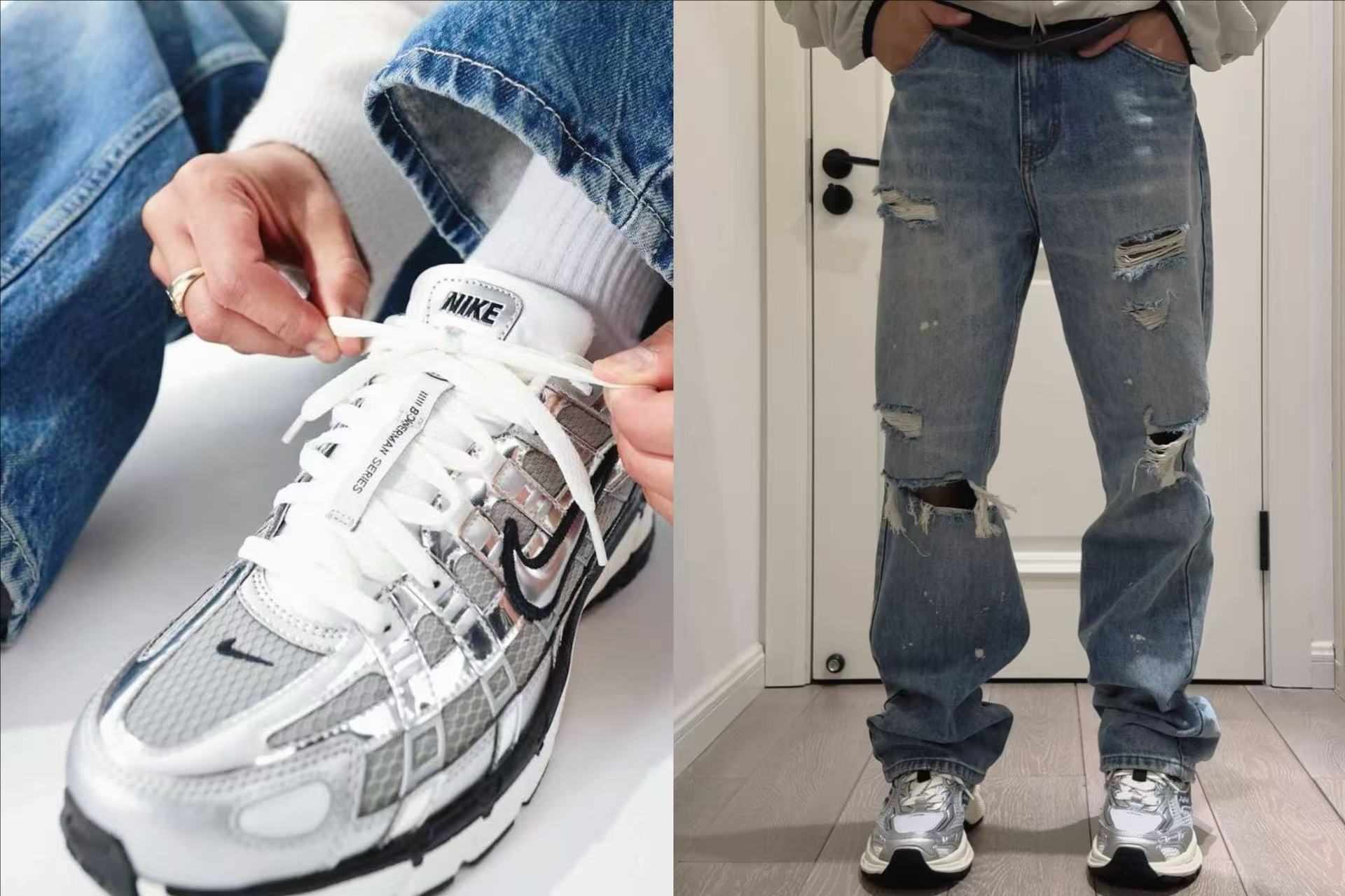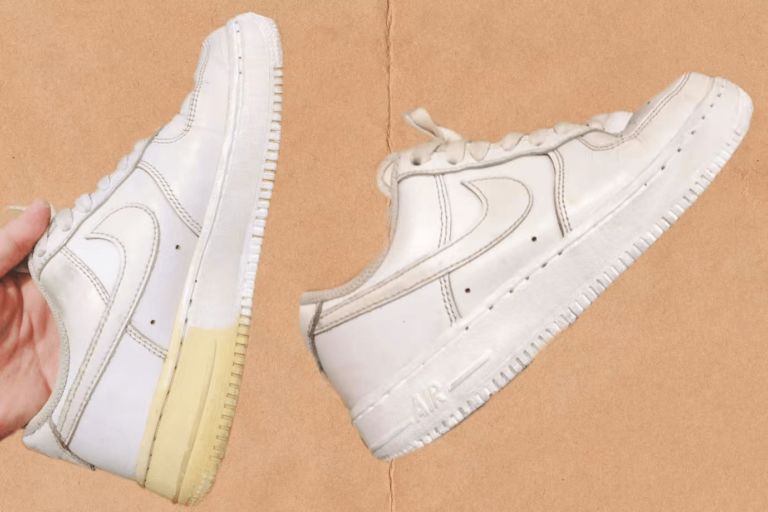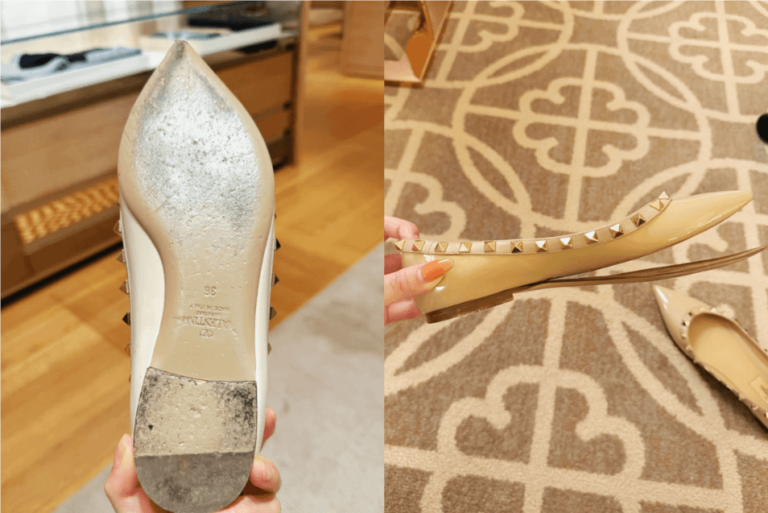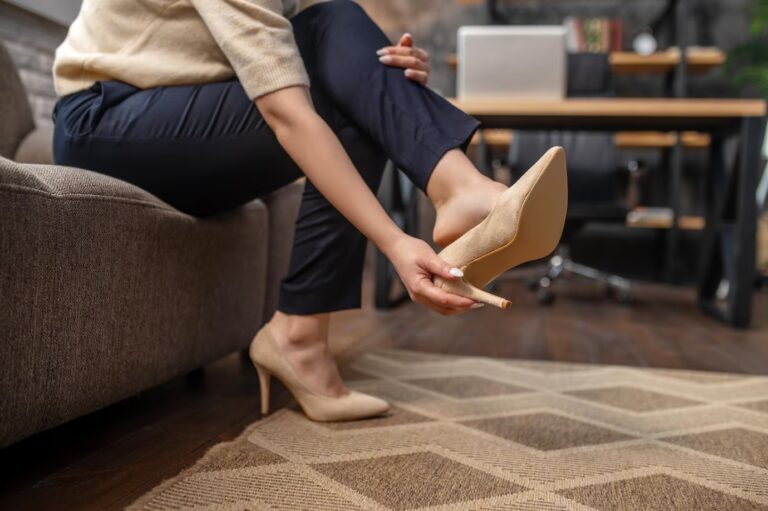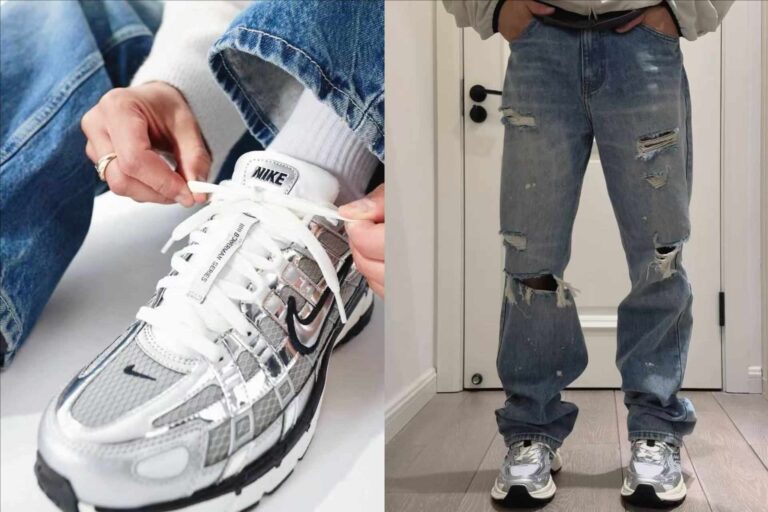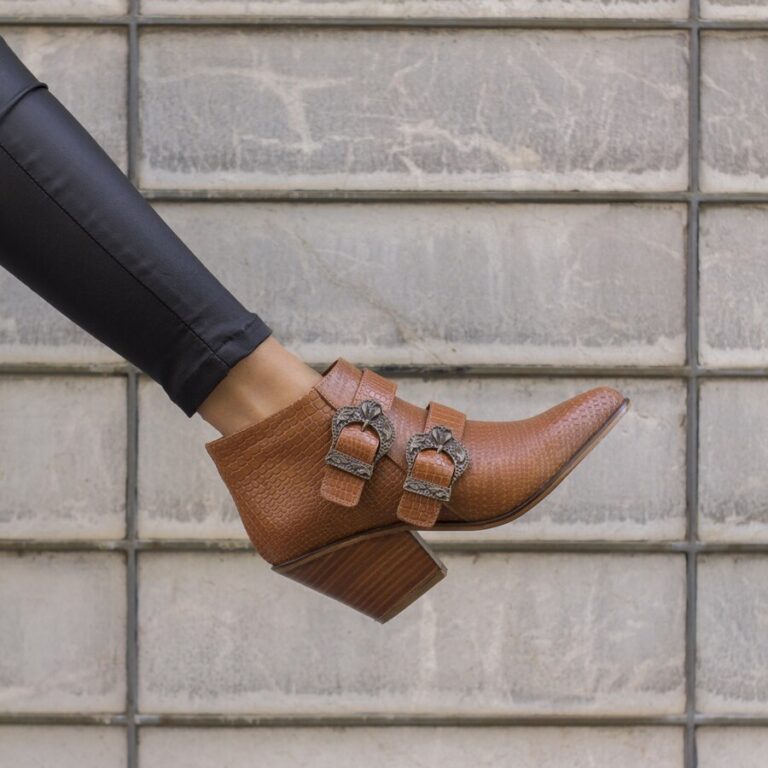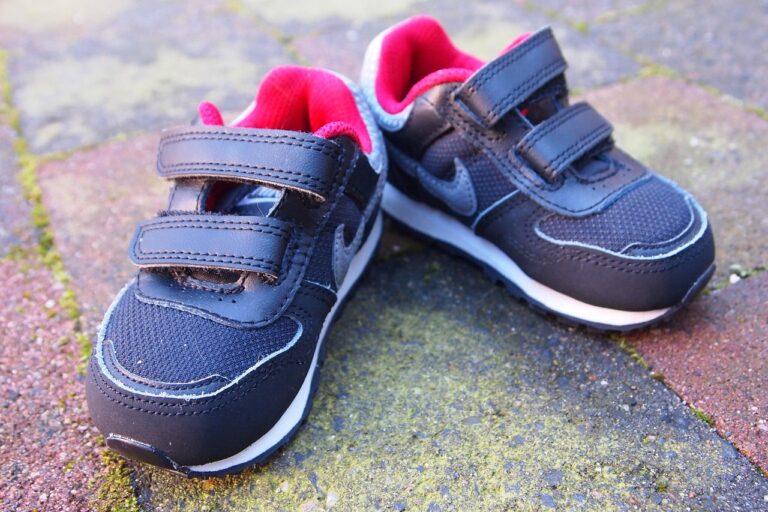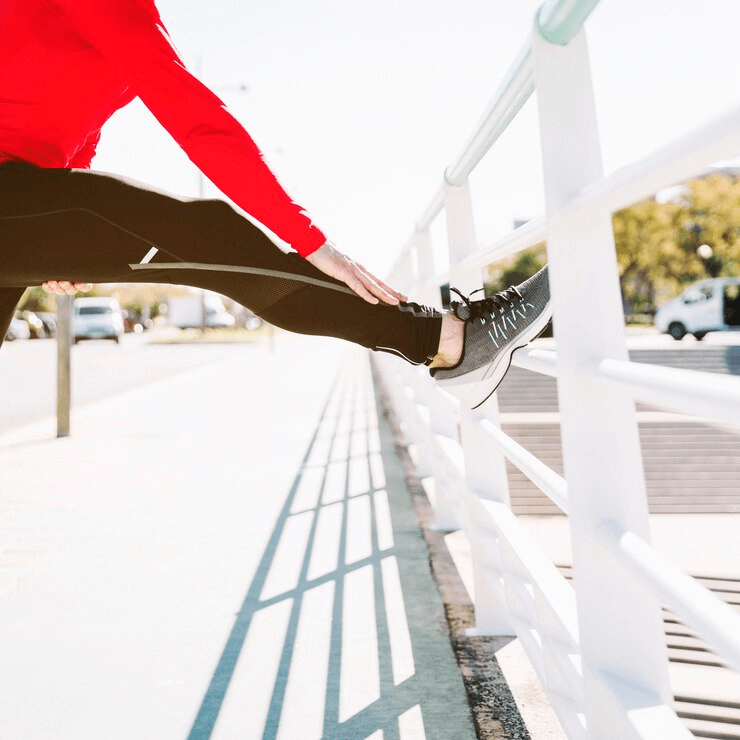
Bought a brand new pair of running shoes only to find that they are uncomfortable to wear? No worries, many runners go through this process of breaking in their shoes. Today we’re going to talk about how to break in your new running shoes so they’re at their best in terms of comfort and performance, taking you on a relaxing run without the hassle of ill-fitting shoes.
Start Slow: The First Few Runs Matter
It’s unlikely that your new running shoes will fit your feet perfectly right off the bat, so give yourself and your running shoes some time to get used to them. Don’t start with long or intense runs right away. Start with an easy jog or brisk walk and gradually increase the intensity. This will help your running shoes slowly adapt to your pace and avoid overstressing your feet.
Use Socks and Insoles for Extra Comfort
For extra comfort in your new shoes, don’t forget about socks! The right pair of socks can go a long way in improving your comfort, especially if they have moisture wicking properties. In addition, using the right insoles is a great way to increase comfort. Insoles provide extra support, reduce pressure, and prevent discomfort caused by chafing.
How to Avoid Blisters When Breaking in Shoes
When wearing new running shoes, many people experience blisters on their heels or toes. To avoid this, you can put band-aids or anti-abrasion patches on the friction-prone areas of your running shoes. In addition to this temporary solution, adjusting the laces regularly is a good way to avoid foot discomfort by making sure your shoes fit well and are not too tight or too loose.
Stretching Your New Shoes: Does It Help?
Some people choose to stretch their shoes to make them fit better. Stretching running shoes does extend the width of the upper somewhat, especially for people with higher insteps or wider toes. However, remember not to overstretch as this may affect the durability of the shoe. It’s best to use a specialized shoe brace to help deform the shoe and avoid pulling it directly with force.
When to Know Your Running Shoes Are Ready for Long Runs
After a few short or easy runs, how do you know that your running shoes are ready for a longer workout? The key lies in the comfort and stability of the shoe. If you’ve run a few times and haven’t felt any discomfort, such as pain or a sense of wear and tear, then the shoes have adapted to the shape of your feet and are ready for the challenge of longer runs.
